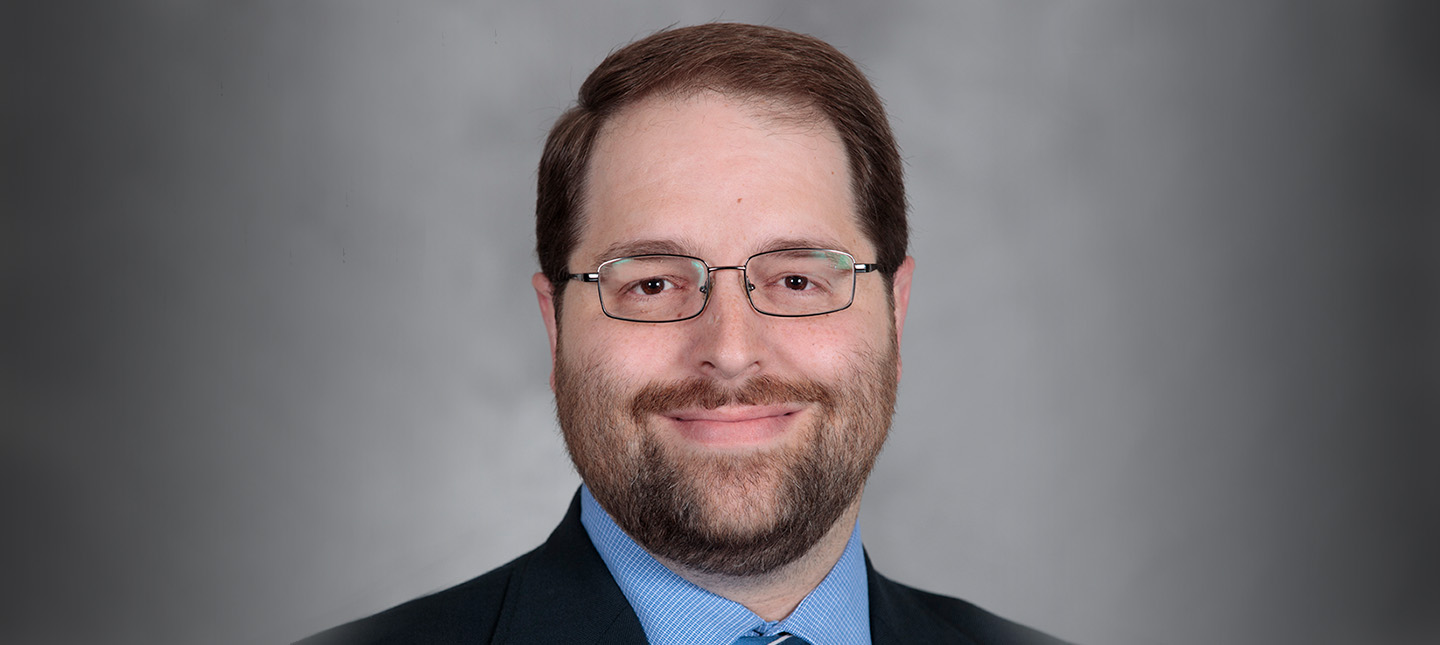Published in JAMA Psychiatry. Here is a link to the article.
Regenstrief Institute authors: Paul I. Musey, M.D., M.S.
This cohort study explored how individual resilience and neighborhood greenspace interact to influence PTSD outcomes after trauma. Among 2,597 trauma survivors recruited from U.S. emergency departments, researchers identified six PTSD symptom trajectories over six months. Participants with higher self-reported resilience (CD-RISC scores) and greater residential greenspace exposure were significantly more likely to follow a resilient (low/no symptoms) trajectory compared to those with more persistent PTSD symptoms.
Greenspace exposure was also linked to increased neural reactivity to reward in the amygdala, although this neural activity did not directly differ across PTSD trajectories. These results suggest that both individual and environmental factors—particularly access to greenspace—play important roles in promoting psychological resilience after trauma.
Overall, the study highlights the value of multi-level interventions to support recovery and prevent chronic PTSD, integrating personal resilience-building with urban planning and environmental design.
Authors:
Affiliations
1Department of Psychiatry, Harvard Medical School, Boston, Massachusetts.
2Division of Depression and Anxiety Disorders, McLean Hospital, Belmont, Massachusetts.
3Department of Psychiatry and Behavioral Sciences, Emory University School of Medicine, Atlanta, Georgia.
4Department of Psychological Sciences, University of Missouri-St Louis, St Louis.
5Department of Emergency Medicine, Washington University School of Medicine, St Louis, Missouri.
6Department of Epidemiology, Brown University, Providence, Rhode Island.
7Department of Emergency Medicine, Brown University, Providence, Rhode Island.
8Institute for Trauma Recovery, Department of Anesthesiology, University of North Carolina at Chapel Hill, Chapel Hill.
9Departments of Psychiatry and Neurology, University of California San Francisco, San Francisco.
10Department of Biomedical Informatics, Emory University School of Medicine, Atlanta, Georgia.
11Department of Biomedical Engineering, Georgia Institute of Technology and Emory University, Atlanta.
12Institute for Technology in Psychiatry, McLean Hospital, Belmont, Massachusetts.
13The Many Brains Project, Belmont, Massachusetts.
14Department of Psychology and Neuroscience, University of North Carolina at Chapel Hill, Chapel Hill.
15Department of Sociology, University of North Carolina at Chapel Hill, Chapel Hill.
16Department of Psychiatry, McLean Hospital, Belmont, Massachusetts.
17Department of Emergency Medicine, University of Massachusetts Chan Medical School, Worcester.
18Department of Emergency Medicine, Vanderbilt University Medical Center, Nashville, Tennessee.
19Department of Emergency Medicine, Henry Ford Health System, Detroit, Michigan.
20Department of Emergency Medicine, Indiana University School of Medicine, Indianapolis.
21Department of Emergency Medicine, University of Florida College of Medicine -Jacksonville, Jacksonville.
22Department of Emergency Medicine, Cooper Medical School of Rowan University, Camden, New Jersey.
23Department of Emergency Medicine, Ohio State University College of Medicine, Columbus.
24Ohio State University College of Nursing, Columbus.
25Department of Emergency Medicine, Oakland University William Beaumont School of Medicine, Rochester, Michigan.
26Department of Psychology, Temple University, Philadelphia, Pennsylvania.
27Department of Emergency Medicine, Emory University School of Medicine, Atlanta, Georgia.
28Department of Surgery, Department of Neurosurgery, University of Pennsylvania, Philadelphia.
29Perelman School of Medicine, University of Pennsylvania, Philadelphia.
30Department of Surgery, Division of Traumatology, Surgical Critical Care and Emergency Surgery, University of Pennsylvania, Philadelphia.
31Department of Emergency Medicine, Jefferson Einstein Hospital, Jefferson Health, Philadelphia, Pennsylvania.
32Department of Emergency Medicine, Sidney Kimmel Medical College, Thomas Jefferson University, Philadelphia, Pennsylvania.
33Department of Emergency Medicine, Wayne State University, Ascension St John Hospital, Detroit, Michigan.
34Department of Emergency Medicine, Massachusetts General Hospital, Boston.
35Department of Emergency Medicine, Trinity Health-Ann Arbor, Ypsilanti, Michigan.
36Department of Emergency Medicine, University of Massachusetts Medical School-Baystate, Springfield.
37Department of Emergency Medicine, Wayne State University, Detroit Receiving Hospital, Detroit, Michigan.
38Department of Emergency Medicine, McGovern Medical School at UTHealth, Houston, Texas.
39Department of Emergency Medicine, Brigham and Women’s Hospital, Boston, Massachusetts.
40Department of Emergency Medicine, Harvard Medical School, Boston, Massachusetts.
41Department of Psychology, Yale University, New Haven, Connecticut.
42Department of Anesthesiology, University of Michigan Medical School, Ann Arbor.
43Department of Internal Medicine-Rheumatology, University of Michigan Medical School, Ann Arbor.
44Department of Health Care Policy, Harvard Medical School, Boston, Massachusetts.
45Department of Epidemiology, Harvard T.H. Chan School of Public Health, Harvard University, Boston, Massachusetts.
46Department of Emergency Medicine, University of North Carolina at Chapel Hill, Chapel Hill.
47Institute for Trauma Recovery, Department of Psychiatry, University of North Carolina at Chapel Hill, Chapel Hill.








